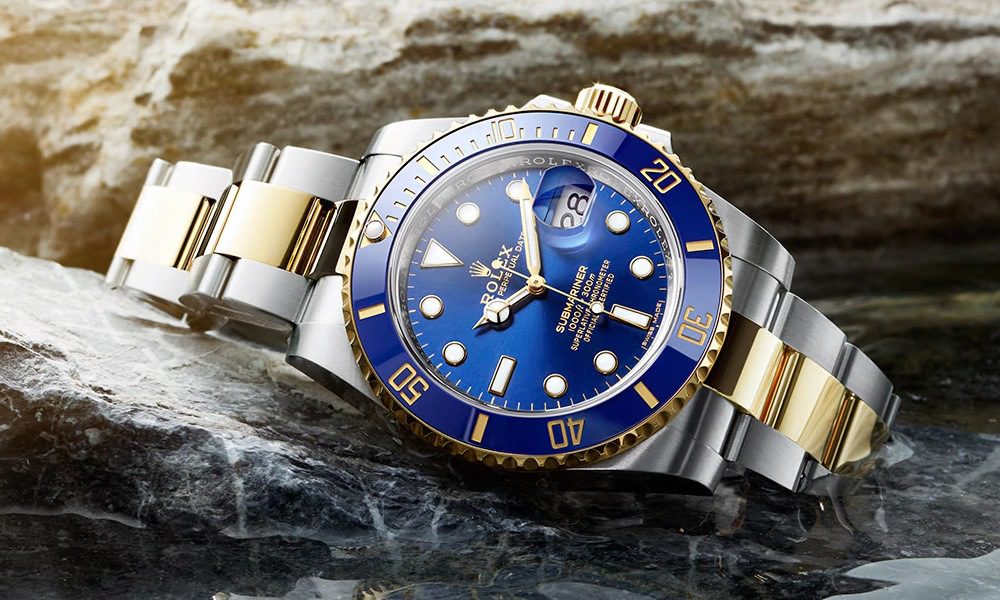Exploring the Journey from Artisanal Craftsmanship to Global Commerce in the Watch Industry
It’s a well-known fact that humans have been keeping track of time for thousands of years. The journey we have made from those first ancient sundials to the modern-day smartwatch is staggering! But how has the evolution of watchmaking changed the style of a watch and how it is produced in today’s modern world? And, how did the specialist craft of hand making these intricate timekeeping instruments transition into an entire industry today? We’re going to find out.

The Evolution of Watchmaking from Craft to Industry
Humans have relied on all kinds of methods to keep track of time over the centuries. The earliest known timekeeping method was the ancient sundial, used in Egypt around 1500 BC.
Portable pocket watches began emerging in the 16th century. They were large and bulky and only used by the wealthy. The use of brass and steel was introduced in the 17th and 18th centuries as technology advanced, enabling the birth of smaller timepieces. One major revelation in the history of timekeeping was the innovation of a tiny pendulum device known as the balance spring. It was invented in 1675 by a man named Christian Huygens and significantly improved the accuracy of watch mechanisms thereafter.
The Industrial Revolution during the 18th Century marked the emergence of the wrist-worn watch as we know it today. Designed for convenience during World War I, these early wristwatches promised soldiers a quick and easy way to check the time while out on the battlefield. During the 20th Century, heritage brands like Omega and Patek Philippe began introducing artistically crafted marvels. Their intricate complications were not only functional but incredibly beautiful and artistic too. Watch-wearing became fashionable, enjoyable and exciting. Wearing a timepiece was no longer just about reading the time, but about wearing a symbol of style and status.
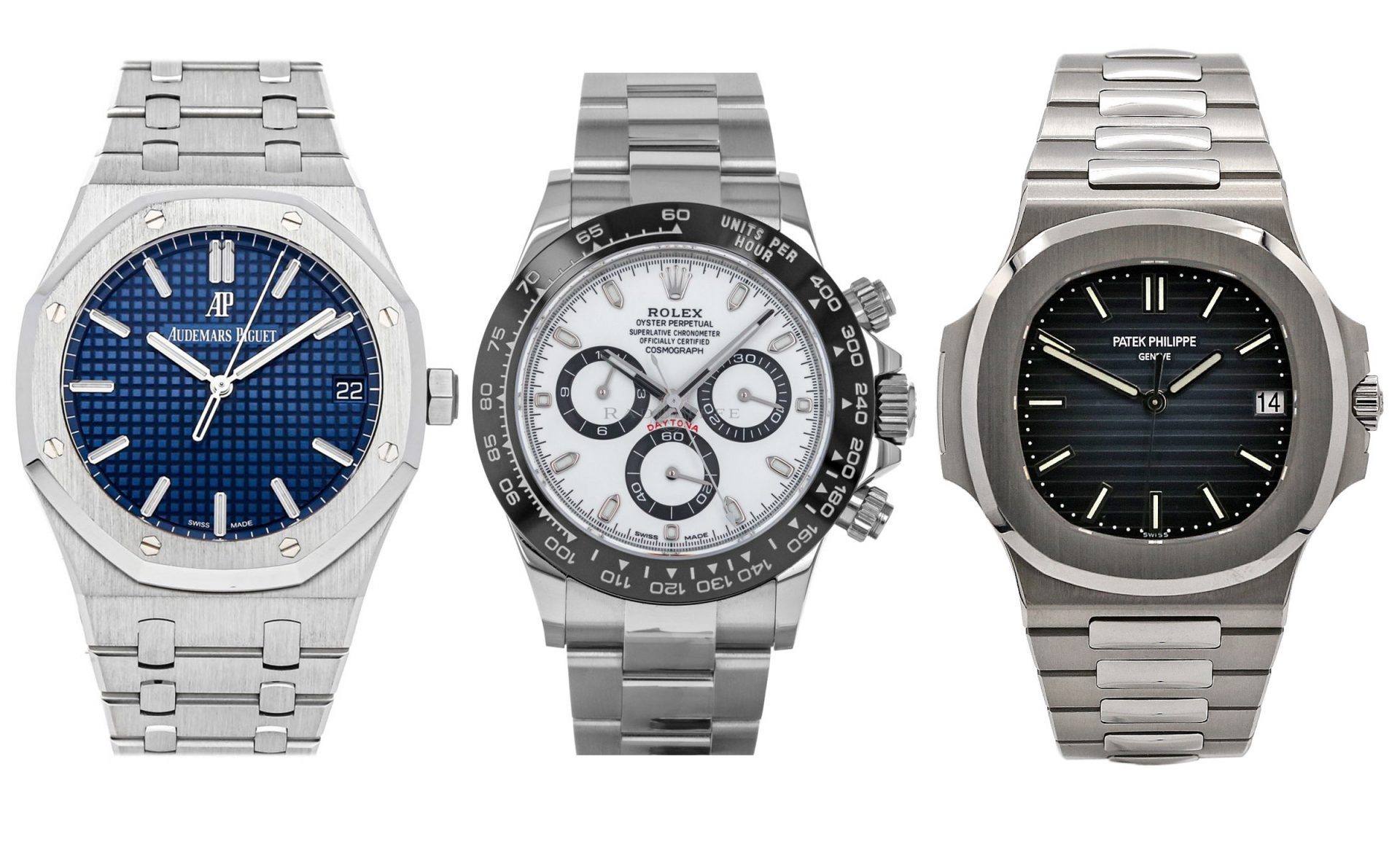
Key Players and Brands Shaping the Watch Market
As mentioned, it was during the 18th and 19th centuries that the watchmaking sector underwent a significant change. The Industrial Revolution was key to the emergence of some of the world’s most iconic watch brands. The way we produced watches also changed. Suddenly, thanks to technological advancements, it became more economical to mass-produce standardised watch parts. Watchmaking as a bespoke craft began to fizzle out, and soon, watches could be manufactured on a mass scale and fast! This transition from artisanal watchmaking to the industrialisation of the craft, in turn, made watches more accessible to a wider audience thanks to their affordability and availability.
During this time, many notable watch manufacturers emerged. Subsequently, they became industry icons – names that we all recognise today. Examples of these include Rolex, Audemars Piguet and Patek Philippe among many others. Having set benchmarks for excellence in the industry, these leading manufacturers were committed to developing watches that epitomised values in quality, reliability, innovation and precision. Other leaders in the field of watchmaking during this time included A. Lange & Söhne, Breitling, Panerai, and Breguet, all of whom are still manufacturing luxury timepieces today.
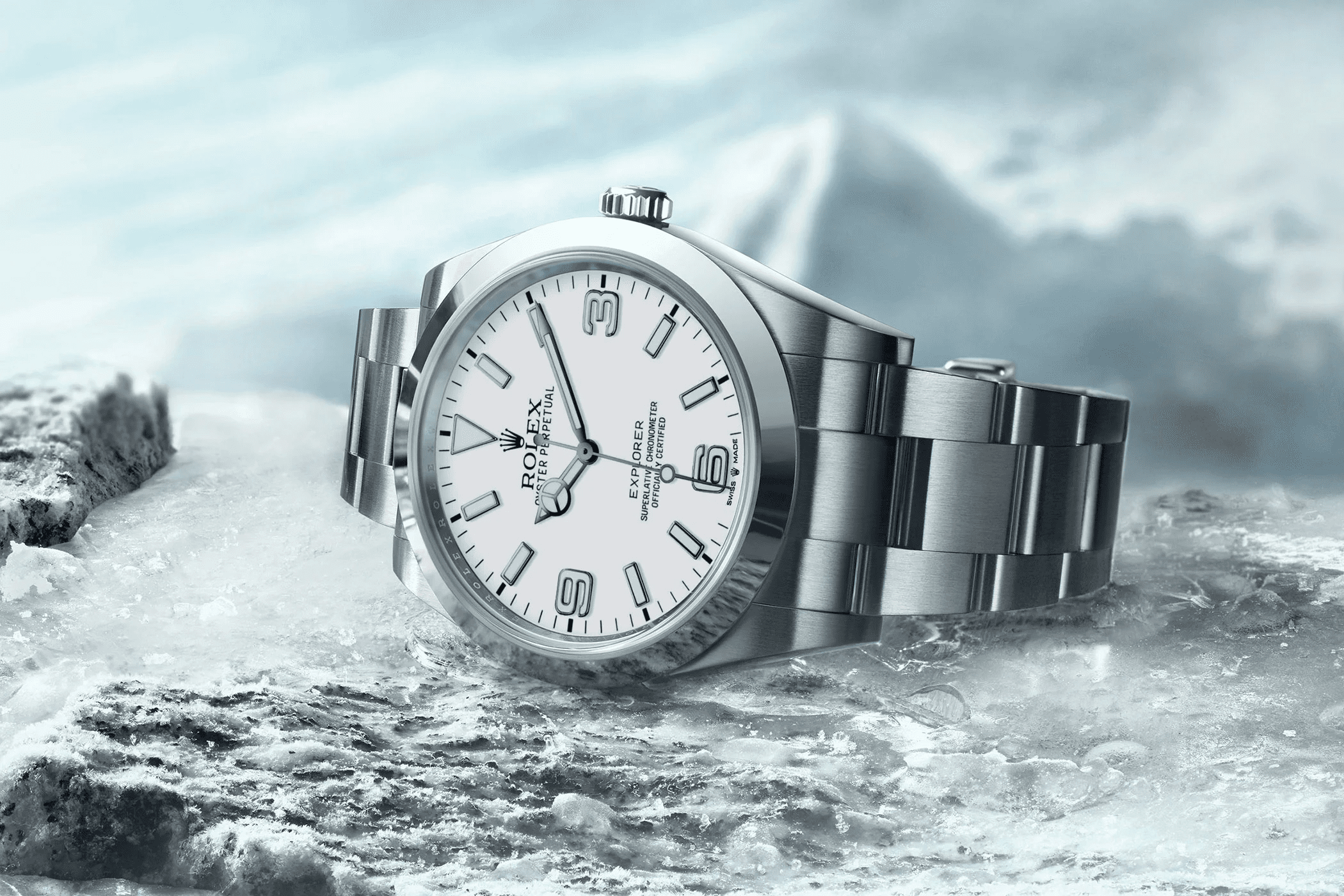
Rolex
Key player, Rolex, was founded in 1905 by a man named Hans Wilsdorf who later went on to launch the sibling brand, TUDOR. Rolex developed some remarkable technological innovations during its earlier days with the launch of its waterproof Oyster case and its self-winding Perpetual movement. The Oyster case has since formed the backbone of many of the brand’s iconic designs. Amongst these well-known watch collections are names like the Submariner – the brand’s quintessential dive watch and the GMT-Master – a watch that radicalised the travel tool with its two-tone 24-hour bezel.
The Daytona still holds the title for the most expensive Rolex watch. After all, Paul Newman’s very own timepiece sold for a staggering 17.8 million dollars back in 2017. Then there are the brand’s elegant dress watch collections, like the Datejust and Day-Date (the Presidential watch). Additionally, Rolex launched a remarkably robust tool watch named the Explorer, along with a sailing watch for sea-goers and boat enthusiasts named the Yacht-Master. Some of Rolex’s other patented technologies include the Parachrom Hairspring, Paraflex Shock Absorber and the Twin Lock Winding crown. Rolex also developed the Easy Link system for its bracelet, along with the Glidelock system, and Chromalight – the manufacturer’s very own luminescent material.
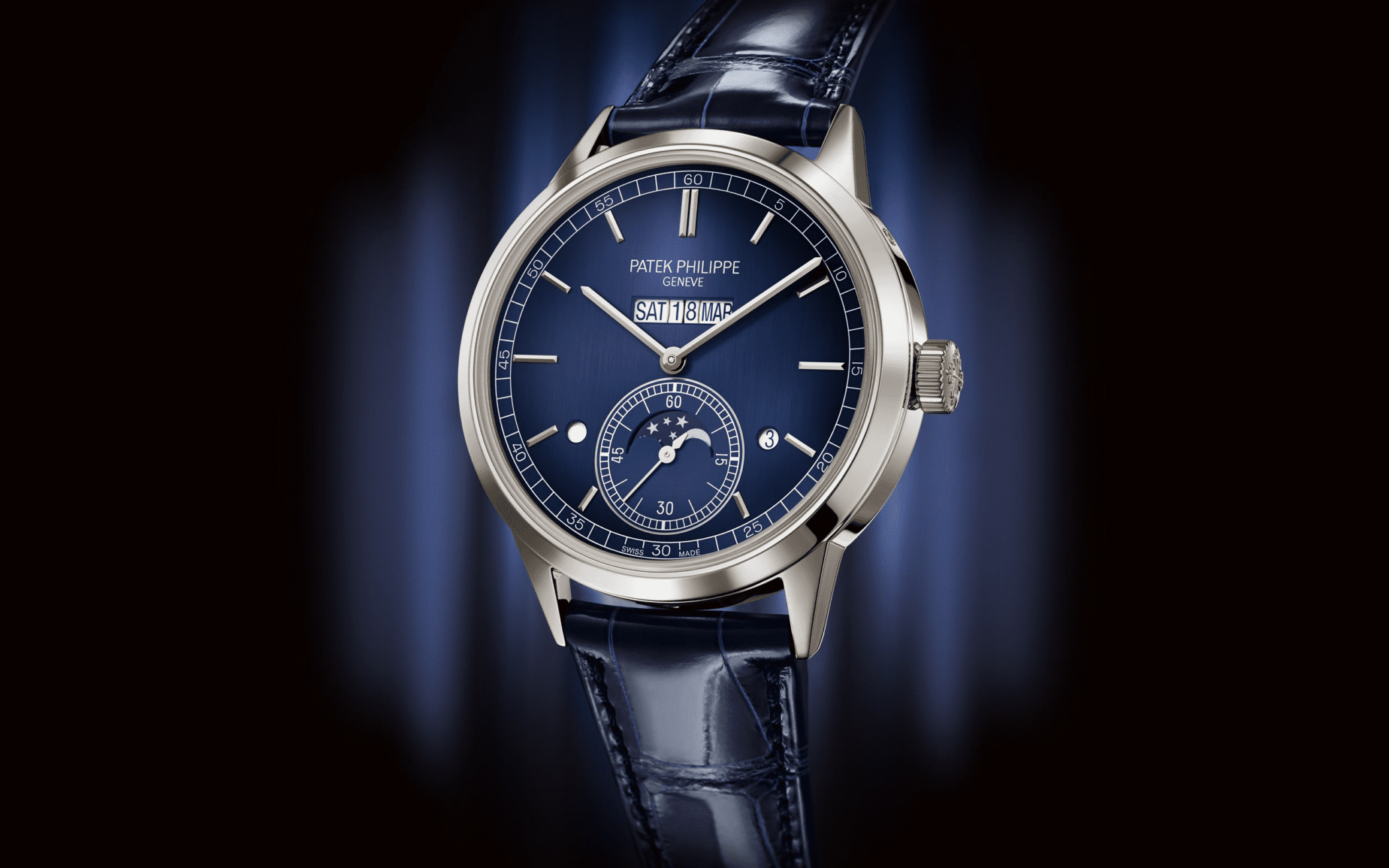
Patek Philippe
Another key influencer during this period of industrialisation within the watchmaking sector was Patek Philippe. The company, founded in 1839, soon became synonymous with complex, highly-coveted luxury timepieces. The King of Watchmaking (as they are sometimes called) was the first to produce a retrograde perpetual calendar among many other advanced complications for its time. The watch was launched in 1937, followed by the very first Perpetual Calendar wristwatch in 1941. Patek Philippe watches are still cherished by collectors today. Connoisseurs will agree that the brand has become a symbol of prestige and quality craftsmanship, with many of its watches demonstrating the highest levels of attention to detail.
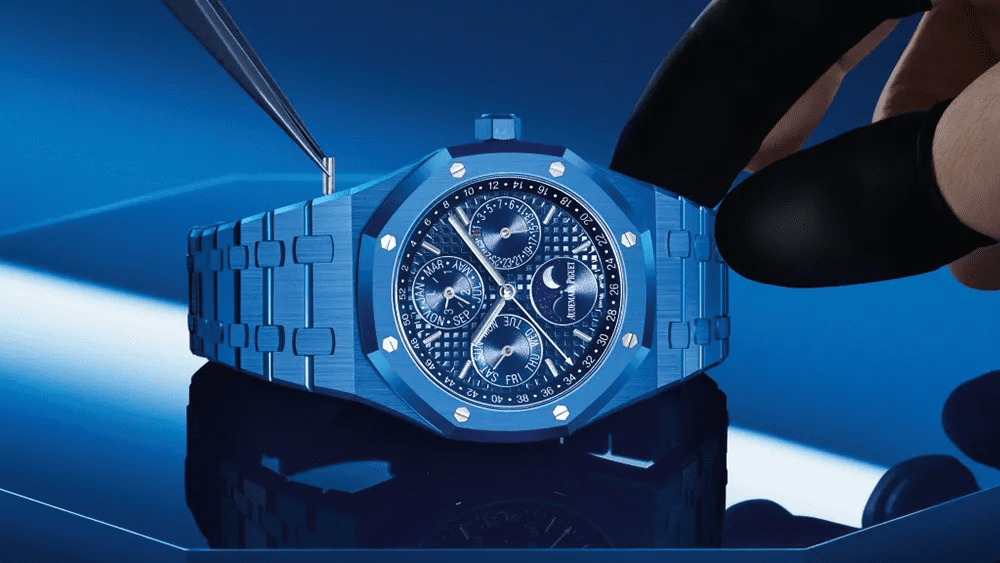
Audemars Piguet
Another example of an industry trailblazer is Audemars Piguet. The company, founded in 1875, is known for producing the Royal Oak – an icon that is still highly sought-after today. The Royal Oak was a revolutionary design that shaped the history of watchmaking. It was the first luxury sports watch made from stainless steel. Its instantly recognisable design, featuring an octagonal-shaped bezel, has inspired many other watch brands to create similar sports watches, ushering in an era of readily available timepieces for all manner of outdoor pursuits.
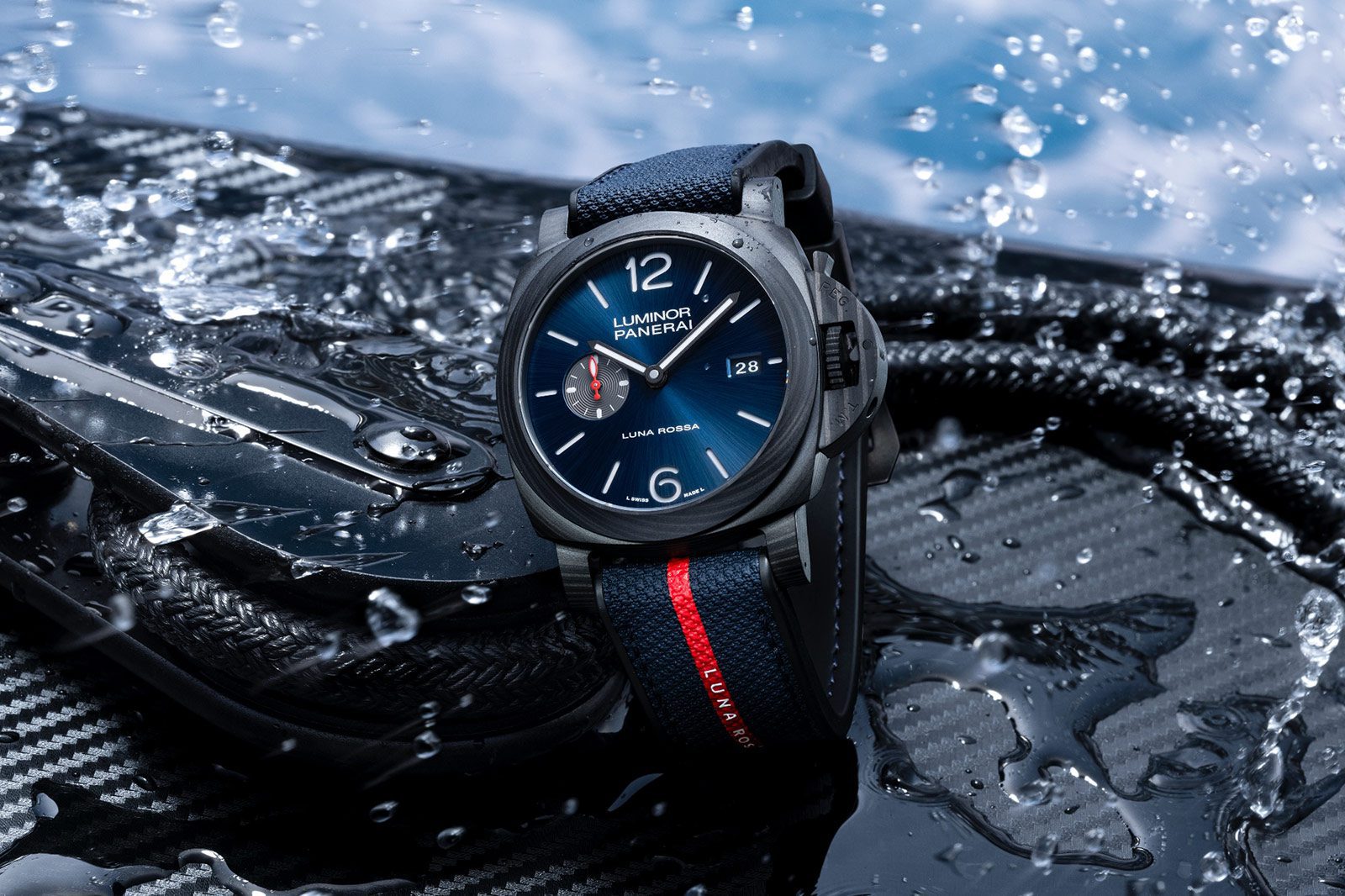
The Impact of Technology and Innovation on Watchmaking
Despite considerable advances in modern technology over recent years, the demand for luxury timepieces seems as high as ever. The convenience of owning multiple devices, mobile phones and smartwatches has not impacted the love we have for a traditionally crafted watch. But how has technology impacted how watches are produced? Well, quite profoundly. As mentioned, when watches became more mechanised, watchmaking became cheaper and easier. Watchmakers began automating the process and timepieces became mass-produced.
Many still believe, however, that the mass production of watches takes the exclusivity out of collecting. Watches can begin to feel generic and less unique. That’s why today, luxury watches made by hand are highly coveted amongst enthusiasts. So, in some ways, it feels like the industry has come full circle. With the automation of watch movements, manufacturers had more time to focus on the features of the watch. Built-in calendars were added to tactical watches along with stopwatch functions, power reserves and moon phase displays to name just a few examples. Other complications include flyback chronographs, tourbillons and minute repeaters.
Technical features are not the only area in which watches have become more advanced, however. Material research has also led to the development of new case designs which impact how a watch feels and wears. While Panerai produces its proprietary carbon case called Carbotech, Breitling manufactures some of its watches from a super strong, lightweight material called Breitlight. Rolex also produces its gold, while titanium has become an increasingly popular material used by many brands for collectors in need of a lightweight sports watch.

Global Market Trends and Consumer Preferences
According to Straits Research, the global market for watches was estimated to be worth USD 92 billion back in 2022 and has been estimated to grow at a CAGR (Compound Annual Growth Rate) of 4.2% between 2023 and 2031.
A demand for eco-friendly straps and environmentally friendly watches has also been giving leading companies a competitive edge over others. For example, Breitling has made the NATO strap made from a type of yarn spun from nylon waste extracted from landfills and Maurice Lacroix has been collaborating with conservation charities to produce its watch cases from plastic waste taken from the ocean.
Fashion too plays a significant role in driving consumer demand forward for watches. Whether the trend is for classic watches, sports watches or dressier timepieces - fashion trends, celebrities and influences all collectively contribute to the popularity of a watch type.
Generally speaking, the advancements in watch technology have significantly increased the demand for certain types of watches like the Smartwatch. Consumers love the appeal of a device that offers health monitoring, smartwatch connectivity and fitness tracking, all in one compact device. That said, the demand for traditionally crafted luxury timepieces also continues to attract enthusiasts and collectors alike. While mass-produced timepieces are readily available, other iconic designs require a long waiting time and are subject to restricted production numbers. In turn, this propels the value of watches on the second-hand market. Consumers also love the appeal of a watch that has undergone a proportion of hand assembly and hand finishing. It is these factors that appeal to enthusiasts looking for one-of-a-kind limited edition pieces or a rare collectible.
Overall, the continuous innovations in watchmaking techniques, combined with new designs and cutting-edge materials, all contribute to customer interest and a shared love for new advancements in the field of precision and accuracy. Strong brand positioning and brand recognition also play a key role in consumer demand for luxury timepieces.
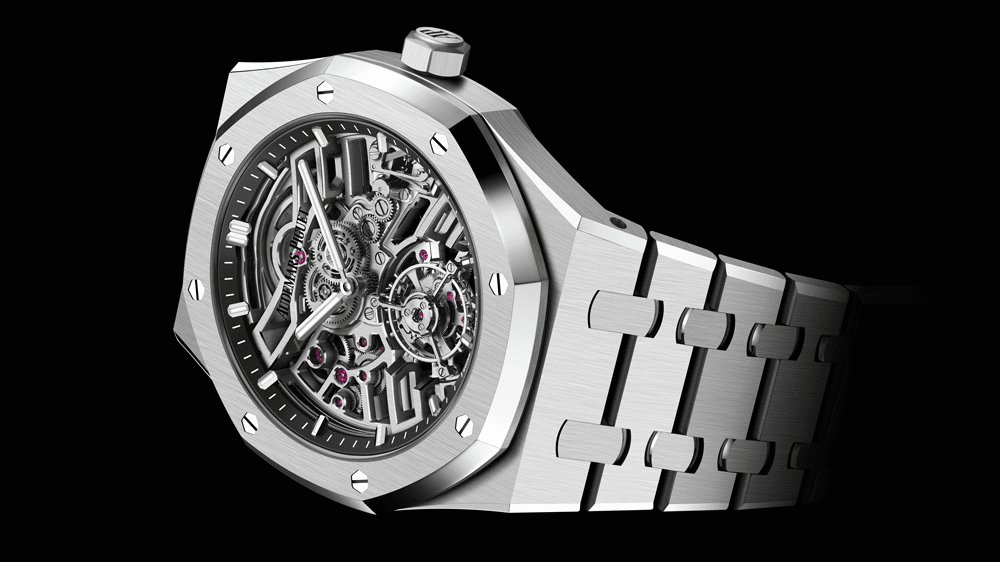
The Future of the Luxury Watch Market
Young consumers often view the luxury watch market primarily as an investment opportunity, rather than just a fashion statement. Many people will pay a premium for pre-owned models from industry leaders like Audemars Piguet, Rolex and Patek Philippe, especially if their value is expected to rise. These three manufacturers have dominated the industry for years and have been outperforming rival brands considerably over the last decade.
Luxury Watch dealers are also implementing high-tech methods like AI to amplify authenticity checks over pre-owned watches. In turn, this has been an important endeavour for companies when distinguishing genuine watches from fake. The second-hand market for luxury watches is now at an all-time high, thanks to interactive platforms like Watches World, where buyers and enthusiasts can cut out the unnecessary “middle man” and explore an array of timepieces before buying them. This method has not only significantly reduced the amount of counterfeit watches being sold, it also enables e-commerce platforms to sell with confidence and grow further, giving people the opportunity to buy high-end timepieces from the comfort of their own homes.
Embedding this technology across the framework of luxury watch collecting online has expanded the market drastically. AI and live video commerce are now playing a pivotal role in nurturing consumer preferences in luxury watch trends. This technology is expected to expand and improve further, becoming a virtual component in aiding new and secondary watch sales alike.
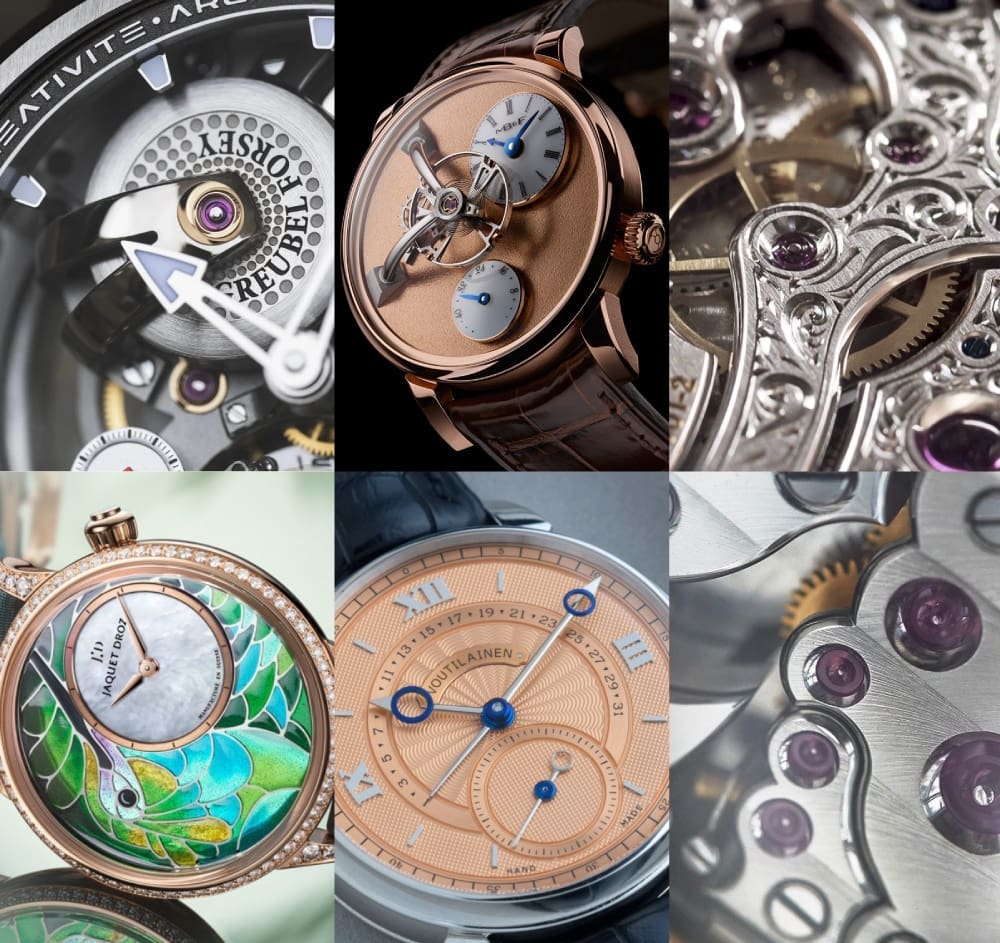
Conclusion
The synergy between technology and tradition is gradually reshaping the landscape of the luxury watch market. While horizons are expanding for watch aficionados, the buying experience is also becoming more informative, educative and reassuring for collectors.
From the first artisan watchmakers to global production, watchmaking has evolved considerably over the last 150 years. Today, the compelling reasons for wanting to own a traditional luxury timepiece are less about needing to read the time (since we have many other devices for that) and more about wanting to own a stylish and/or highly desirable investment piece.
While many watch manufacturers mass-produce their timepieces, there are still a few companies out there that put great emphasis on hand-decorated dials and hand-finished movements. It is this personal touch and the meticulous craftsmanship involved in making a luxury timepiece that consumers are happy to pay a premium for.
Suffice it to say, while horological capabilities are shifting more towards the integration of advanced technologies, there is still a growing appreciation for vintage-inspired wristwatches, limited editions, and reimagined classics. Watchmaking may have come a long way since artisans began making the world’s first clocks and pocket watches, but despite the impact of modern-day technology on wristwatches, global market trends are indicating that traditional, authentic timepieces are still driving consumer demand forward.


 $ (USD)
$ (USD)  £ (GBP)
£ (GBP) 


